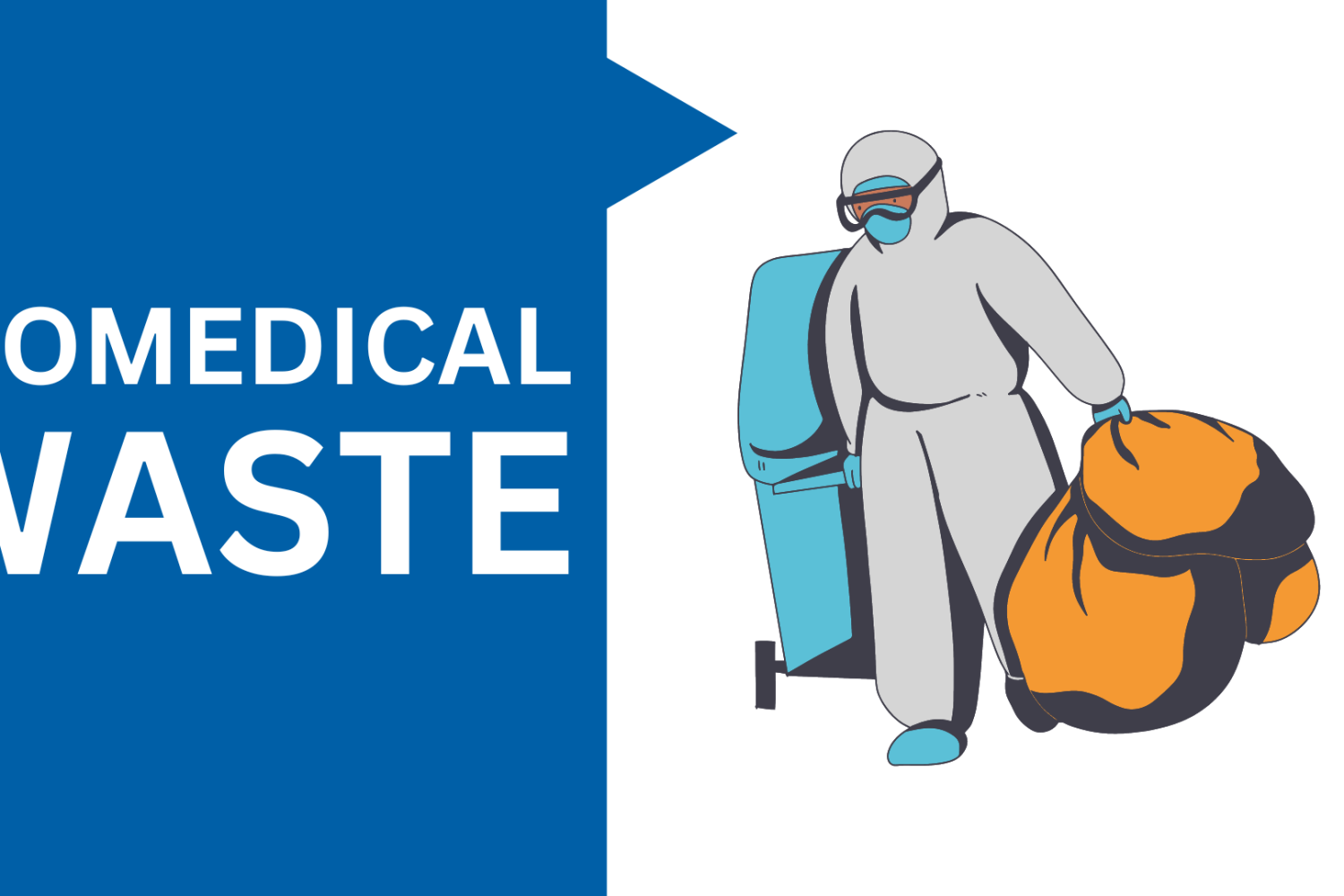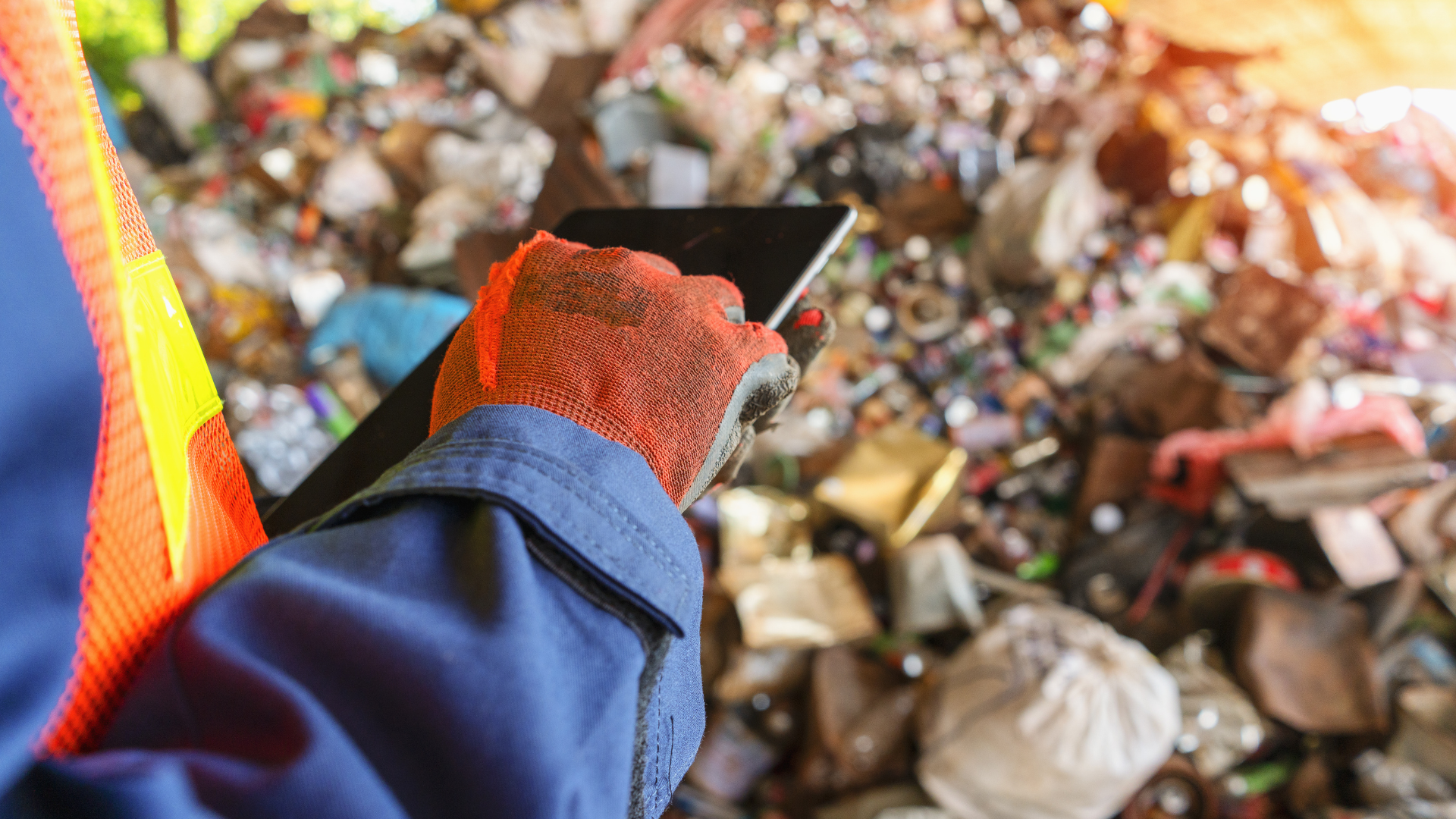What is Biomedical Waste?
Biomedical waste is any waste from medical, dental, or veterinary activities that can harm people or the environment. Managing it properly helps prevent infections, pollution, and health risks.
This article covers why biomedical waste management is important, its types, regulations, and safe disposal methods. We’ll also answer common questions about it.
What is biomedical waste management?
Biomedical waste management is the safe handling, storage, transportation, treatment, and disposal of waste from healthcare and research facilities.
This waste includes materials from medical procedures, such as used needles, infectious waste, chemicals, and radioactive substances, which can harm people and the environment if not managed properly.
Proper waste management involves sorting waste into categories like sharps, infectious waste, and chemicals. It is then collected, stored, and transported according to safety guidelines. Treatment methods such as incineration, autoclaving, and chemical disinfection make waste safe before disposal. This helps reduce health and environmental risks.
Importance of Biomedical Waste Management
Proper biomedical waste management is essential to protect the health of healthcare workers, the public, and the environment.
Improper handling of biomedical waste can spread infectious diseases. It can also contaminate the environment and expose workers to dangerous materials.
Types of Biomedical Waste
Biomedical waste is classified into different types based on its source and nature. According to the World Health Organization (WHO), it falls into eight categories:
- Infectious waste – Waste contaminated with harmful microorganisms.
- Sharps waste – Needles, scalpels, and other sharp objects.
- Pathological waste – Human or animal tissues, organs, and body parts.
- Pharmaceutical waste – Expired or unused medicines and vaccines.
- Genotoxic waste – Hazardous substances that can cause genetic damage.
- Chemical waste – Disinfectants, solvents, and lab chemicals.
- Radioactive waste – Materials exposed to radiation from medical treatments.
- Non-hazardous waste – General waste that does not pose health risks.
Infectious waste includes any waste that is contaminated with blood or other bodily fluids and may contain infectious agents. Sharps waste includes any item that can puncture or lacerate the skin, such as needles, scalpels, and broken glass. Pathological waste includes human tissues, organs, and body parts.
Pharmaceutical waste includes expired or unused medications, while genotoxic waste includes any waste that contains mutagenic agents. Chemical waste includes any waste that contains hazardous chemicals, while radioactive waste includes any waste that contains radioactive materials. Non-hazardous waste includes any waste that does not fall into any of the above categories.
The Benefits of Proper Biomedical Waste Management
The benefits of proper biomedical waste management include:
- Protecting the health of healthcare workers, the public, and the environment
- Preventing the spread of infectious diseases
- Reducing the risk of contamination of the environment
- Protecting workers from exposure to hazardous materials
- Reducing the cost of healthcare
- Improving public health
How to Properly Manage Biomedical Waste
Several steps can be taken to manage biomedical waste properly. These steps include:
- Classification: Biomedical waste must be classified according to its risk level. This will determine how it is handled and disposed of.
- Containment: Biomedical waste must be in secure containers to prevent leakage and contamination.
- Labeling: Biomedical waste containers must be labeled clearly to identify the type of waste and its risk level.
- Collectors must gather biomedical waste regularly and transport it in secure containers.
- Treatment: Biomedical waste must be treated to render it safe before it is disposed of. This may involve incineration, chemical treatment, or other methods.
- Disposal: Biomedical waste must be disposed of in a secure landfill or other approved facility.
Conclusion
Proper biomedical waste management is essential to protect the health of healthcare workers, the public, and the environment. By following the steps above, you can help make sure that biomedical waste is handled and thrown away safely.
Important Links
Frequently Asked Questions (FAQs)
1. What are the most common types of biomedical waste?
The most common types include infectious waste, pathological waste, pharmaceutical waste, chemical waste, and radioactive waste.
2. How can biomedical waste be safely disposed of?
Safe disposal methods include incineration, autoclaving, chemical disinfection, and microwave treatment.
3. What are the health risks associated with improper disposal?
Improper disposal can lead to infections, respiratory diseases, and environmental contamination.
4. What color-coding system is used for biomedical waste?
Different colors represent different waste types, such as yellow for infectious waste and red for contaminated plastics.
5. Are there any biodegradable solutions for biomedical waste?
Yes, some biodegradable materials are being developed for safer waste disposal.
6. How can hospitals reduce biomedical waste generation?
By implementing waste reduction strategies, proper segregation, and sustainable disposal methods


